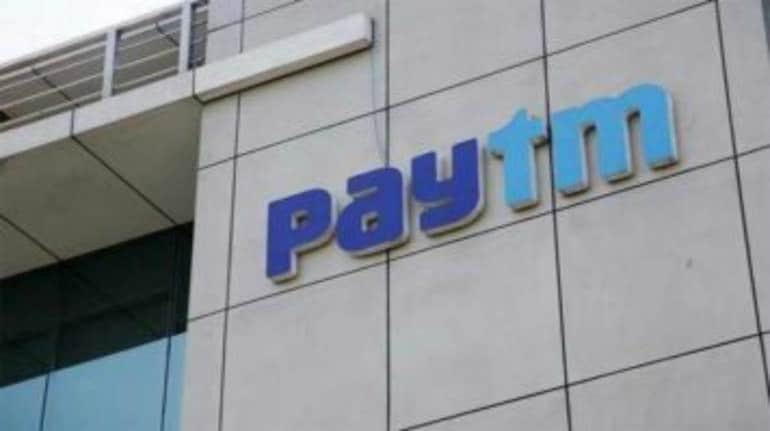



Loading your Paytm wallet with more than Rs 10,000 a month? Be prepared to pay a fee. Effective January 1, 2020, Paytm has started charging a fee of two percent if you load your wallet in excess of Rs 10,000 using a credit card during a month. However, there are no charges for using debit cards or the unified payments interface (UPI) system.
Paytm has sought to plug the small loophole of free credit. Here is what this means for you.
Transferring borrowed money
Experts in the payments space have observed that Paytm has noticed users loading their wallets using their credit cards and soon transferring the funds their bank accounts. This amount would then be spent or invested. In other words, the wallet user would take advantage of the 40-day interest free period available on credit cards.
Paytm did not respond to our emails or phone calls.
This is not the first time that Paytm has imposed a charge for credit card fund transfers. In March 2017, the firm announced that it would levy a two percent charge on adding funds to the wallet using credit cards. However, the company later withdrew these transaction charges stating that it would cause inconvenience to a majority of its customer base.
In the same month, MobiKwik had said that it will continue to offer free loading of funds using credit cards. Sunil Khosla, Head Digital Business, India Transact Services Limited says, “Other wallet companies may introduce loading charges using credit cards after taking into consideration feedback from Paytm customers. They may charge for loading amounts more than Rs 5,000 or Rs 20,000 using credit card. It will be interesting to watch.”
How does the charge work?
Assume you add Rs 15,000 in your Paytm wallet using your credit card and as the first top-up in the month. A two percent charge on this means you pay Rs 300 extra, which goes to the firm. The remaining Rs 15,000 gets added to your Paytm wallet.
However, if you add amounts into your wallet gradually, say, Rs 3,000, followed by Rs 4,000 a few days later and then Rs 3,000, you will not face any charges till you breach the free top-up limit of Rs 10,000. But in your last top-up, if you add Rs 3,001 instead of Rs Rs 3,000, a charge will be levied.
Rajeev Agrawal, CEO of Innoviti payment solutions says, “Paytm seems to be monetising on the customer base it has built in the last couple of years and seeing whether they are ready to pay for the convenience offered.”
Khosla says, “Most of the users should not be impacted since the limit of Rs 10,000 is enough to take care of day-to-day expenses, transportation costs, utility bills, etc.”
Paytm’s charge is meant to plug a loophole that some users were taking advantage of, by borrowing sums in a circuitous way to benefit from the 40-day interest-free period that credit cards give. You could maintain one or two mobile wallets and divide your funds between them if you really wish to avoid these charges. Of course, other mobile wallets may follow the Paytm route eventually.
Discover the latest Business News, Sensex, and Nifty updates. Obtain Personal Finance insights, tax queries, and expert opinions on Moneycontrol or download the Moneycontrol App to stay updated!
Find the best of Al News in one place, specially curated for you every weekend.
Stay on top of the latest tech trends and biggest startup news.